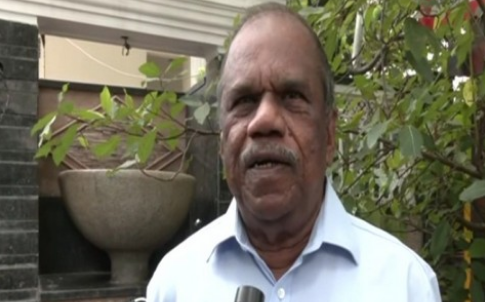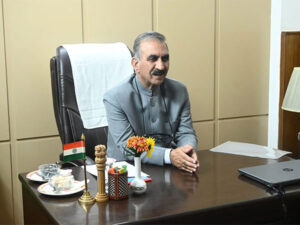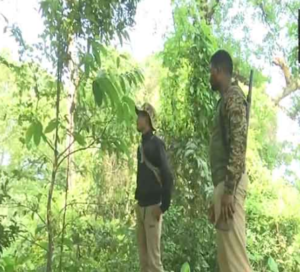‘This mission will be 100 pc successful’: former DRDO chief controller Pillai as Chandrayaan-3 progresses towards Moon
Bengaluru (Karnataka) [India], August 19 (ANI): In a stride toward India’s lunar exploration goals, Chandrayaan-3, the country’s third lunar mission, is progressing smoothly and its anticipated landing on the moon’s south pole is on August 23.

Dr Apathukatha Sivathanu Pillai, former Chief Controller (R&D) of the Defence Research and Development Organisation (DRDO), on Saturday expressed confidence in the mission’s success and said that the mission will be successful.
“Now nearing 100 km orbit, it came to 30 km and then started descending to the moon. It will be 100 per cent successful,” Pillai said while speaking to ANI.
Dr Pillai, who is also the former chief executive officer (CEO) and managing director (MD) of BrahMos Aerospace, further highlighted the significance of Chandrayaan-3 and added that “it will enable the identification of various lunar resources, particularly Helium-3, which holds promise as a future energy source.”
The mission’s success will position India as the fourth nation globally to achieve this feat, joining the ranks of the United States, Russia, and China.
According to the ISRO, the Vikram LM (Lander Module) successfully underwent a deboosting operation that reduced its orbit to 113 km x 157 km.
“The next deboosting operation is scheduled for August 20, 2023, where the lander will reach an orbit with its closest point to the moon (Perilune) at 30 km and the farthest point (the Apolune) at 100 km,” ISRO said in a post on ‘X’ (formally known as Twitter).
Chandrayaan-3’s journey began on July 14, 2023, when it was launched from the Satish Dhawan Space Centre in Sriharikota using a GSLV Mark 3 (LVM 3) heavy-lift launch vehicle.
Despite encountering delays due to the COVID-19 pandemic, the mission has persevered and is now on the cusp of achieving its objectives.
The mission’s objectives include a safe and soft landing, rover exploration of the moon’s surface, and in-situ scientific experiments.
India’s pursuit of lunar exploration dates back to the Chandrayaan-1 mission in 2009, which provided significant scientific insights.
Chandrayaan-2, launched in 2019, faced challenges during its soft landing attempt but still contributed valuable data, such as the detection of lunar surface water ice.






